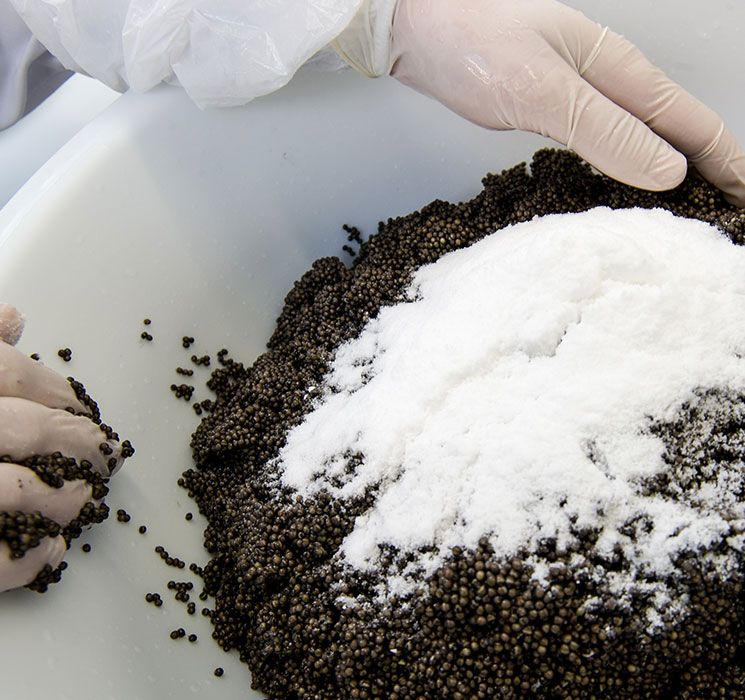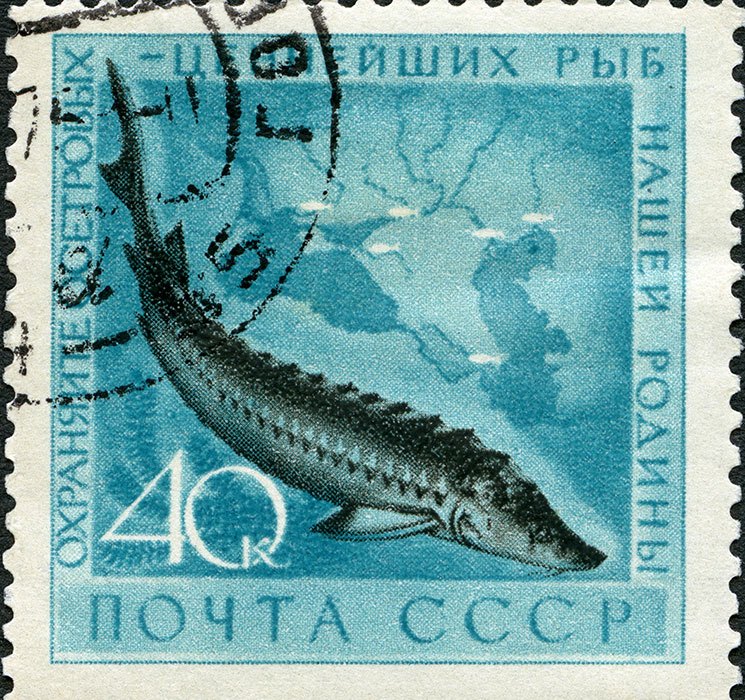Origins of Caviar
Caviar has enjoyed lasting fame as the luxury treat in the most upscale social circles. So, what's the story behind the mystery and mystique of this luxurious indulgence?
It was the Persians who first prepared and savored sturgeon roe- the word "caviar" comes from the Persian word "khav-yar" which means "cake of strength" or "cake of power", because the people of Persia attributed many medicinal powers it. The Persians collected the fish eggs on the Kura River, but the tradition of salting fish roe for consumption originated in China, where carp eggs were prepared in this manner.
While we cannot be sure of the origin of caviar, what we know of the history of caviar shows that we can find references dating back to the Greek scholar Aristotle. In the 4th Century B.C. Aristotle described this delicacy as the eggs of the sturgeon, heralded in banquets amongst trumpets and flowers.
But it should come as no surprise that it was Russia and the Russian Tsars that discovered and catapulted this delicacy into the world of culinary luxury. The golden roe of the Sterlet sturgeon - now overfished to the point of near extinction- produced what would become "imperial" caviar, the most delicate and coveted type available. As time progressed, it spread to all countries across Europe, and was prized by nearly every culture. One jar of equaled one hundred sheep in the second century B.C., making it exclusive to higher-class citizens.
Caviar Harvesting

Once you have your sturgeon fish, what comes next? How do you make caviar and how is it harvested? There are two ways to extract the fish eggs from the fish, but one is more common than the other. The more commonly used harvesting method is to render the fish unconscious and then kill the fish, and then to proceed to empty the eggs from its belly, which are in the roe sack. The roe sack is cleaned, separated, and then washed and drained. The final step is to cure in salt – known as malossol – and then packaged.
The other method of harvesting is called the “no-kill” method and is more difficult and costly. The spawning female’s eggs are removed via a c-section or the vivace method. The latter is a complex procedure where the eggs are delivered. None of these methods have proven to be very effective in delivering high-quality caviar, which is why they’re very little used today. Though it would be best, for many reasons, to keep the sturgeon alive, a feasible method is yet to be invented.
Caviar in America

Believe it or not, caviar once used to joyfully flow in American saloons and dining establishments, sold at a mere nickel. Like the ever-present pretzel, its saltiness produced thirst, which caused patrons to spend more money on beer. The American caviar industry took root with Henry Schacht, a German immigrant to America who first developed the business in 1873 in Penns Grove, New Jersey, where sturgeon was plentiful in the Delaware River. Schacht created the first company to distribute roe throughout the world, exporting to Europe at a dollar a pound. By the 19th century, the United States produced 90% of the world's caviar, which was then re-imported to the United States as "Russian". Go figure, right? In 1900, the state of Pennsylvania estimated that about 90 percent of Russian sturgeon eggs that were sold in Europe originated in the US.
Today, several factors have caused the US industry to take a huge leap forward. The depletion of the Caspian Sea sturgeon populations, political turmoil in the major producing countries like Russia and Iran, plus a wider acceptance of other types of fish roe- such as lumpfish, hackleback, trout, and salmon - has created a bigger demand for American caviar, considered by connoisseurs to be a solid, affordable alternative to Russian and Iranian varieties.